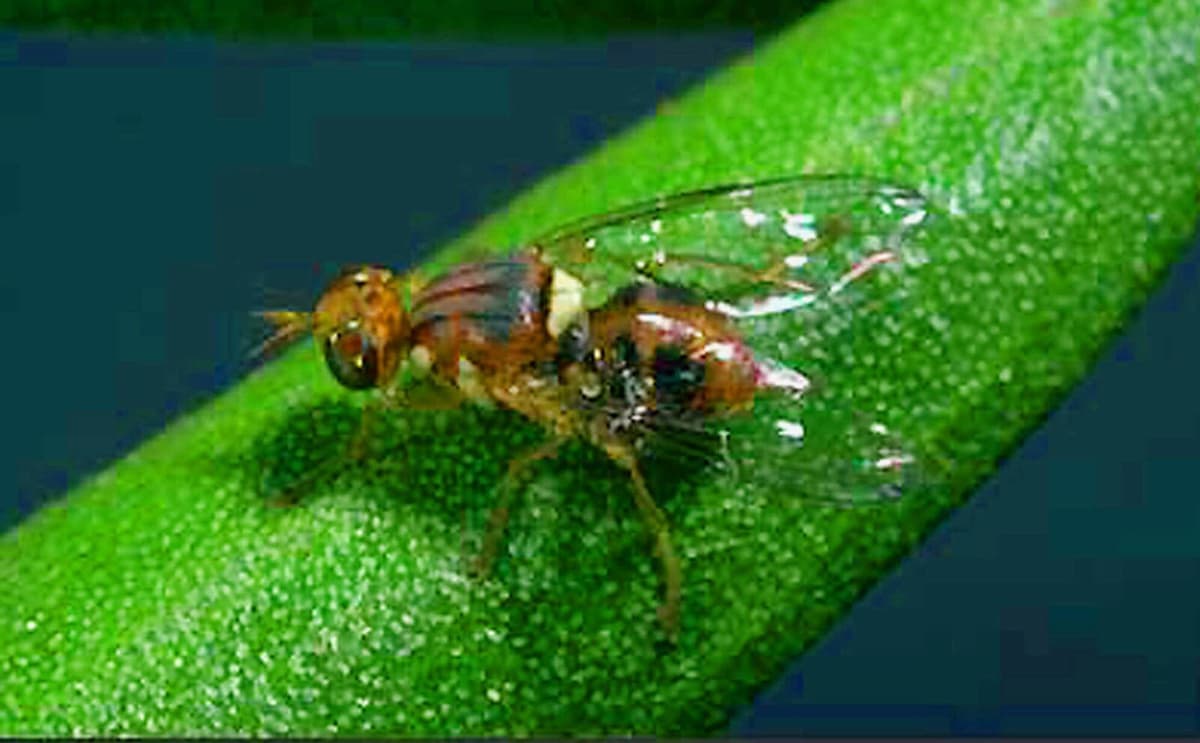It is researchers at the university hospital Charité in Berlin who have taken a look at how the brain of fruit flies behaves when they sleep. It has long been a mystery how the brain during sleep can shut out so many impressions that are needed for recovery and at the same time be prepared for dangers.
Window ajar
The German researchers focused on fruit flies. They could see that the brain of the fruit fly filters out visual impressions in a rhythmic pattern during sleep – but at the same time leaves an "open gap" so that strong visual impressions can wake the animal.
In the study, which is published in the journal Nature, the researchers show that the fly's brain during sleep fine-tunes the interaction between activating and inhibiting neural networks.
The brain creates a kind of filter that effectively dampens visual impressions. But if the impression is strong enough, it can still penetrate and wake the fly. According to the researchers, it can be likened to a window that is ajar: the draft is stopped, but a strong gust of wind can blow it open.
Information slips through
When the flies become tired, slow, synchronized electrical waves occur in two different networks in the brain. One activates and the other inhibits reactions to visual impressions. When both are active at the same time, the inhibiting network wins and the fly eventually falls asleep.
But to be able to wake up, the filter must sometimes let information through. It seems to be connected to the fact that the electrical waves go up and down in pace, approximately once per second.
"When the voltage level in the nerve cells is high, it can occur short moments when the information manages to get past the filter", says Raquel Suaréz-Grimalt, the study's first author, in a press comment.





